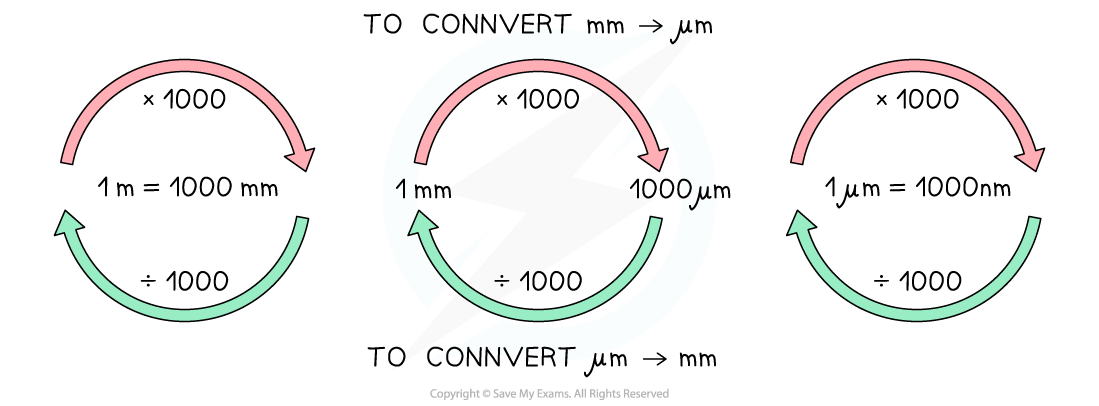A Brief History of the Microscope
- Microscopy techniques have developed over time, increasing our understanding of cell subcellular structure
- The first light microscopes were developed in the 17th Century
- Scientists such as Anton van Leeuwenhoek and Robert Hooke are responsible for using microscopes to develop our first understanding of cells
- Light microscopes use light and lenses to form a magnified image of a specimen
- Over the centuries, the design of the light microscope has evolved, increasing magnification and resolution to enhance the detail of what can be visualised
- With a light microscope it is possible to see images of cells and large subcellular structures (like nuclei and vacuoles), although stains are often required to highlight certain parts of cells
- The first electron microscopes were developed in the first half of the 20th Century
- Electron microscopes use beams of electrons, rather than light, to visualise specimens
- The wavelength of an electron beam is much smaller than that of visible light, which gives electron microscopes a much higher resolution and magnification





